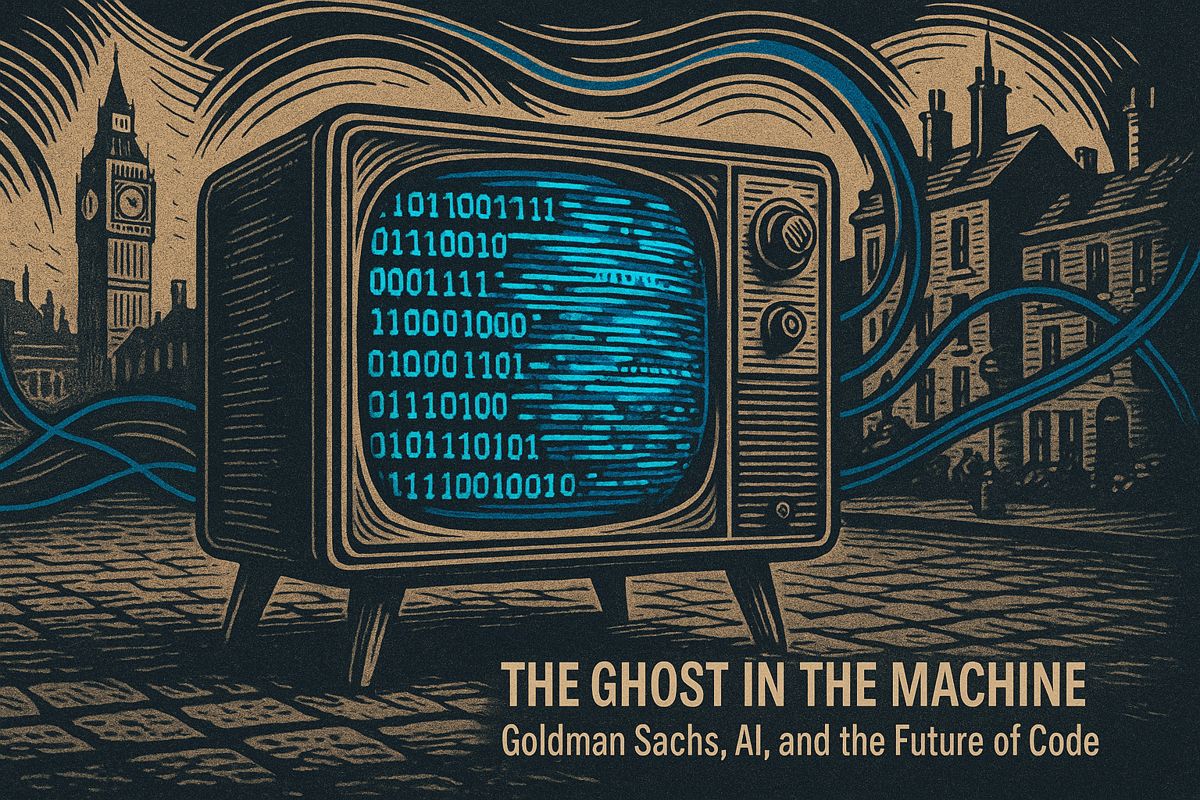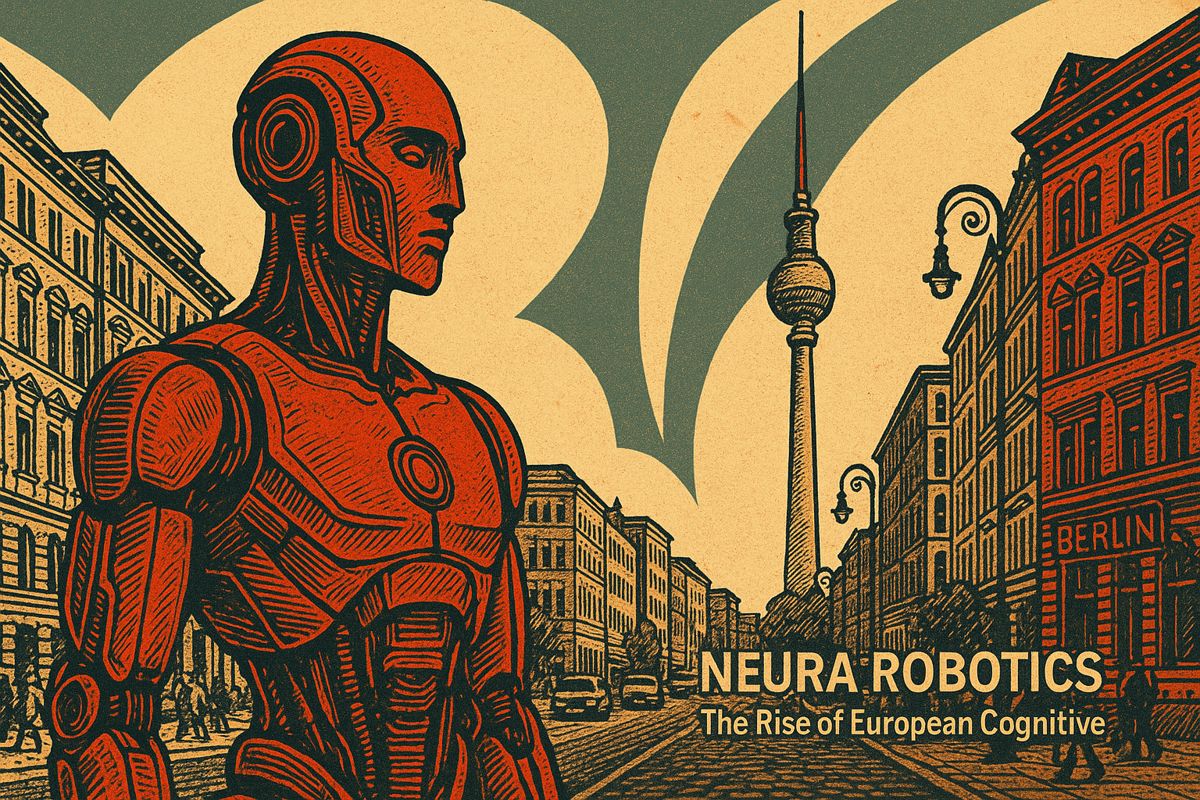Generative AI video is rapidly becoming an essential tool for marketers and ad buyers. The latest text-to-video engines empower growth teams to convert simple text prompts into studio-grade footage in minutes, significantly reducing production costs and turnaround times. In an escalating arms race for consumer attention, AI video levels the playing field, enabling lean teams to prototype, test, and localize creative that once demanded full production crews.
Market momentum and adoption
A recent IAB report confirms rapid adoption, with 86% of ad buyers already using or planning to use generative AI for video creation. These tools empower brands, especially smaller ones, to produce high-quality creative assets faster and more affordably, leveling the competitive playing field.
An IAB study highlights concrete business gains, finding that 86% of ad buyers use or plan to use generative video, with 30% of current digital ads already being AI-built IAB report. Smaller brands are leading this transformation, anticipating that 45% of their video content will be AI-generated by 2026. Surging market demand is evident, with tools like Runway’s Gen-4 model attracting 14.9 million visitors in March 2025 by offering consistent characters and scenes Runway Gen-4 model.
Leveraging AI for Product Marketing: Creating Polished Ads and Demos with Generative Video Models
Product teams are integrating generative engines into several high-impact workflows:
- Concept Validation: Creating teaser ads to test ideas before committing to large media buys.
- Product Demos: Visualizing complex features, internal mechanics, or motion.
- Global Launches: Generating instant voice-overs and subtitles for multilingual campaigns.
- Performance Testing: Producing A/B test variants overnight to optimize creative.
A key case study comes from the NBA Finals, where Kalshi and Coign replaced traditional shoots with AI-produced basketball scenes. This move cut production spend by 52% and boosted ad recall by 37%.
Tool snapshot and pricing
| Platform | Best use | Free tier | Entry plan |
|---|---|---|---|
| Sora 2 | Physics-heavy product shots | None | Invite-only |
| Runway Gen-4 | Versatile brand ads | 25 sec footage | $12 per month |
| Veo 3 | Cinematic 8-10 sec promos | View only | Announced |
| Wisecut | Social clip repurposing | 1 hour upload | $10 per month |
| Elai.io | Avatar-led explainers | 1 min video | $23 per month |
For instance, Google DeepMind’s Veo 3 generated an 8-second Formula 1 promo used as a concept test, proving AI video can steer creative decisions long before cameras roll.
Workflow tips for rapid iteration
- Start Small: Begin with a storyboard sketch and a concise 40-word prompt. Shorter prompts reduce model drift and accelerate revisions.
- Maintain Brand Consistency: Upload reference images for brand colors and specific product angles. Runway offers direct image uploads for this purpose.
- Separate Audio and Video: Export silent video drafts first. Add localized voice-overs and audio using specialized tools like Elai or Wisecut to streamline edits.
- Optimize Aspect Ratios: Use frame interpolation to adapt clips for platform-specific aspect ratios (e.g., 9:16 for social) without re-rendering the entire video.
- Build a Prompt Library: Archive every prompt version to create an internal style guide. This library helps scale creative consistency across new campaigns.
Future integration trends
Generative video is quickly merging with broader campaign management tools. Platforms like Adobe Firefly Boards are set to display AI-generated clip variations alongside media plans. This trend coincides with connected TV (CTV) inventory becoming 47% programmatic by 2026, consolidating creative, placement, and measurement data into a single dashboard for streamlined, closed-loop optimization.
The key takeaway for marketers is clear: mastering prompt engineering and multi-tool orchestration is the new essential skill, rivaling traditional copywriting. Success is no longer dictated by budget but by imagination and the speed of iteration.
What share of digital video ads is now AI-generated?
According to industry data, the shift is accelerating rapidly. In 2024, 22% of all video ad creative was built or enhanced using generative AI. The IAB projects this figure will jump to 39-40% by 2026, meaning nearly two in five video ads viewers see will be at least partially AI-generated within the next year.
Who is leading the adoption – large brands or smaller ones?
Smaller and mid-tier brands are driving adoption. They project that 45% (small) and 42% (mid-size) of their digital video output will be AI-generated by 2026, compared to just 36% for large brands. This disparity highlights how AI tools democratize production by slashing budgets and enabling agile teams to test creative variants without the overhead of traditional shoots.
How much can AI cut production time and cost?
Recent campaigns demonstrate significant savings. For example, Kalshi and Coign’s fully AI-generated ads for the NBA Finals achieved a 52% cost reduction and reduced turnaround time to under 24 hours per ad, while also lifting ad recall by 37%. Brands now use platforms like Veo 3 to prototype short teasers in minutes, validating concepts before committing to larger productions.
Which tools are marketers blending for day-to-day work?
Marketers typically build a multi-tool “orchestration stack” rather than relying on a single generator. A common 2025 workflow combines:
- Midjourney: For generating initial key art and concepts.
- Runway Gen-4: For creating scenes with consistent characters.
- Veo 3: For cinematic shots and establishing scenes.
- Wisecut: For repurposing content into social clips and adding captions.
This approach minimizes costs and enables rapid iteration on style, length, and language variants.
What practical limits should buyers watch?
Ad buyers should remain mindful of four practical limitations:
- Brand Safety: AI can “hallucinate” off-brand visuals, requiring a rapid human review and approval process for all outputs.
- Measurement Standards: With 47% of CTV inventory expected to be programmatic by 2026, unified cross-platform reporting is essential for scaling campaigns effectively.
- Template Limitations: While tools like Elai.io excel at avatar-led videos for global rollouts, complex narratives still demand custom prompting and manual refinement.
- Talent and Likeness Rights: The use of “synthetic” actors may still involve likeness or union considerations. Contracts must explicitly cover AI-generated performances.
When managed with these guardrails, generative video transitions from a novelty to a core strategic asset, empowering brands of all sizes to produce, test, and personalize high-quality creative at unprecedented speed.



















